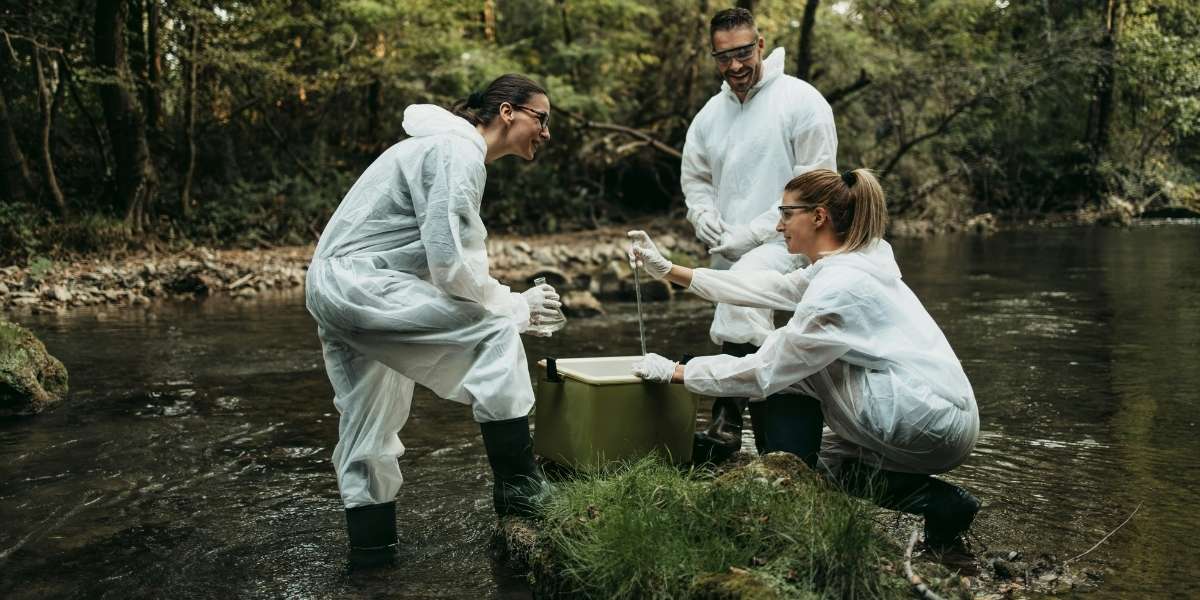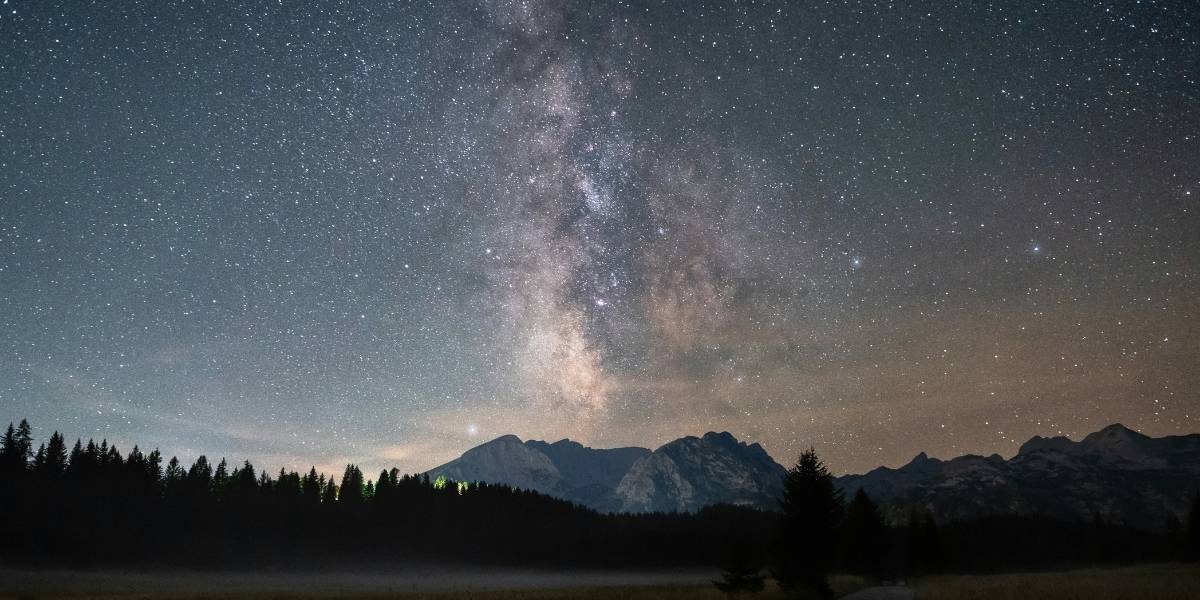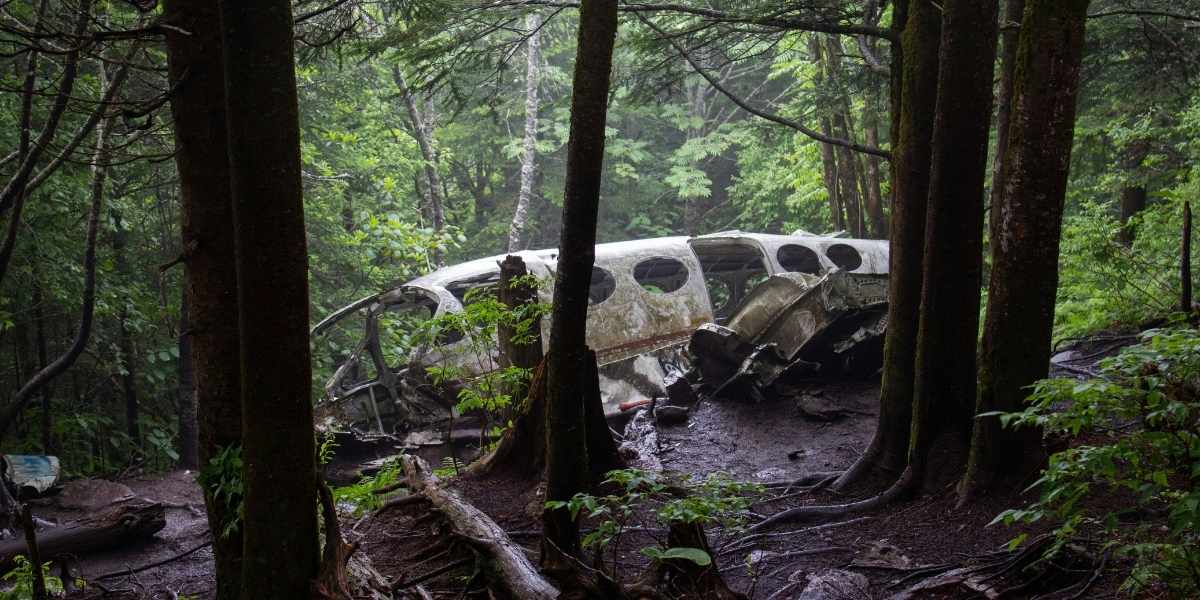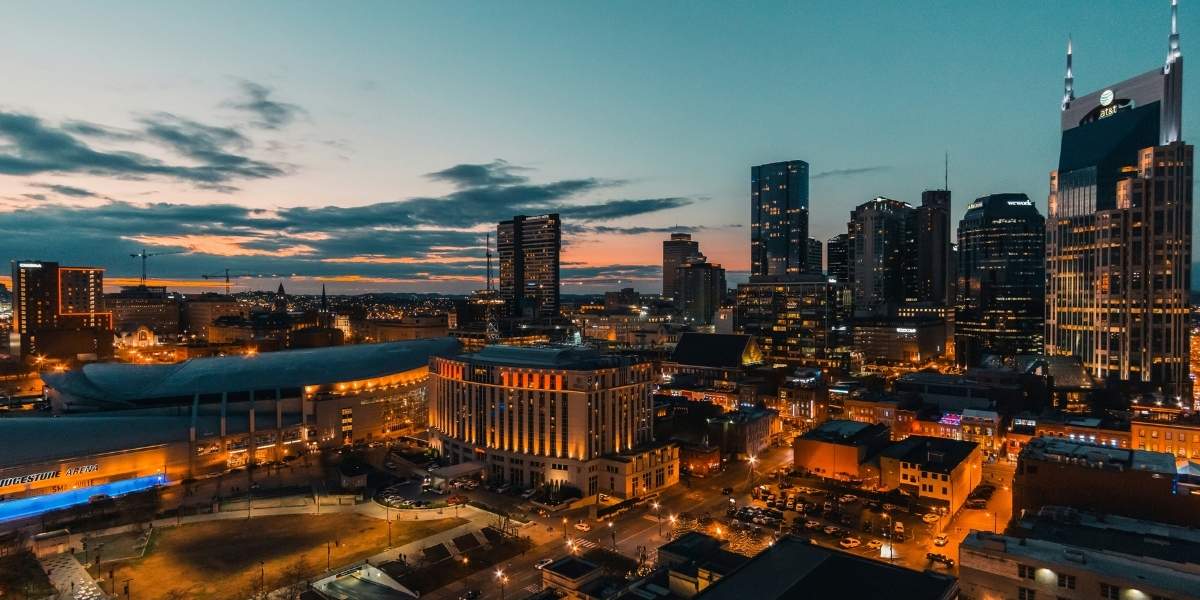Concerns Remain About Fire Risks in Nashville’s Urban Wooded Areas
Nashville, a city known for its vibrant music scene and thriving urban culture, also finds itself facing growing concerns about the fire risks in its urban wooded areas. These wooded spaces, which provide residents with green spaces and natural beauty, are increasingly becoming potential fire hazards. As the city continues to grow, the intersection of urban expansion and nature brings new challenges to fire safety and environmental preservation. This article explores the concerns surrounding fire risks in Nashville’s urban wooded areas, why these risks are increasing, and what can be done to mitigate them.
Read Also: The Timeless Allure of Still Life Painting
Why Are Urban Wooded Areas in Nashville at Risk?
Nashville’s urban wooded areas are vulnerable to fires for a variety of reasons. One significant factor is the combination of dense vegetation and dry weather conditions. During the warmer months, vegetation in these wooded areas can become dry and more prone to ignition, especially during periods of drought. Additionally, the dense canopies of trees can fuel fires, allowing them to spread quickly and making them difficult to contain.
Another contributing factor is human activity. Urban wooded areas, though natural, are often used for recreational purposes such as hiking, picnicking, and outdoor events. These activities, while generally safe, can inadvertently lead to fires—whether from discarded cigarette butts, campfires left unattended, or even illegal burning. The increased presence of people in these areas means that the likelihood of accidental fires is higher.
How Does Nashville’s Urban Growth Impact Fire Risk?
As Nashville’s population continues to grow, the city is rapidly expanding, with new neighborhoods and developments emerging near or even within these urban wooded areas. This urban sprawl significantly impacts fire risk, as more people are moving into close proximity to fire-prone environments. The expansion of residential and commercial buildings into these wooded areas means that fire risk is no longer limited to the woods themselves but extends into areas where people live, work, and recreate.
Additionally, the development of more infrastructure—roads, power lines, and utilities—can sometimes contribute to fire hazards. For example, downed power lines or sparks from electrical infrastructure can ignite dry vegetation, leading to fires that can spread rapidly across large areas. As more development occurs, the risk of fire-related accidents also increases, requiring better fire prevention strategies to keep up with the growth of the city.
What Are the Current Fire Prevention Measures in Nashville?
Nashville has taken several steps to address fire risks in urban wooded areas, but experts argue that more can be done. The city has implemented fire management strategies that include controlled burns, clearing of excess vegetation, and firebreaks to prevent fires from spreading to populated areas. These firebreaks are designed to create barriers in wooded areas that can help contain wildfires.
Nashville’s fire departments also conduct regular training exercises focused on wildfire response, especially in the city’s wooded urban areas. These exercises ensure that emergency responders are well-prepared to manage and control fires in challenging terrain. However, as the city’s urban wooded areas grow and more people use these spaces, the need for increased fire prevention efforts becomes more apparent.
What Can Be Done to Reduce Fire Risks in Urban Wooded Areas?
As Nashville grapples with the rising fire risk in its urban wooded areas, several proactive measures can help mitigate the danger. One important step is educating the public about fire safety and the specific risks associated with urban wooded areas. Encouraging people to follow proper fire safety practices, such as not leaving campfires unattended and properly disposing of cigarette butts, can significantly reduce the likelihood of accidental fires.
Another key initiative is increasing the city’s investment in fire prevention infrastructure. Expanding the use of firebreaks and continuing controlled burns can help reduce the amount of dry vegetation that fuels wildfires. Additionally, more community outreach programs could raise awareness about fire safety, encouraging people to report potential fire hazards before they escalate into larger problems.
Additionally, local policymakers could explore zoning regulations that limit the extent of development in high-risk areas. Ensuring that new construction near wooded areas incorporates fire-resistant materials and landscaping can help reduce the spread of fire in the event of an emergency. Collaboration between city officials, fire departments, and urban planners is crucial in creating a more fire-resilient Nashville.
Can Technology Play a Role in Fire Prevention?
Advancements in technology can also help Nashville address the growing fire risks in its urban wooded areas. Drones, for example, can be used to monitor large swaths of wooded land, identifying fire hazards such as dry patches of vegetation or illegal burning. Drones could also be equipped with thermal imaging to detect early signs of fire, providing valuable time to respond before the fire spreads.
In addition to drones, fire detection systems, such as fire-monitoring sensors, could be installed in key areas of urban woodlands. These sensors would alert authorities to the presence of heat or smoke, enabling a rapid response. Integrating technology like this with Nashville’s fire management strategies could significantly improve the city’s ability to detect, contain, and prevent fires in its wooded urban areas.
Read Also: The Influence of Fashion on Shaping an Artist’s Identity and Brand
Preparing for Nashville’s Fire Future
The increasing fire risks in Nashville’s urban wooded areas are a growing concern, but they are not without solutions. As the city expands, it’s crucial that fire prevention measures evolve to meet the challenges of urban growth and changing climate conditions. Through a combination of proactive education, enhanced fire management strategies, and the incorporation of technology, Nashville can reduce fire risks and protect both its natural spaces and its residents.
By addressing these concerns now, Nashville can build a safer, more fire-resilient city that balances urban growth with environmental preservation. As the city’s leaders, residents, and experts continue to work together, Nashville’s urban wooded areas can remain a valuable and safe resource for generations to come.














